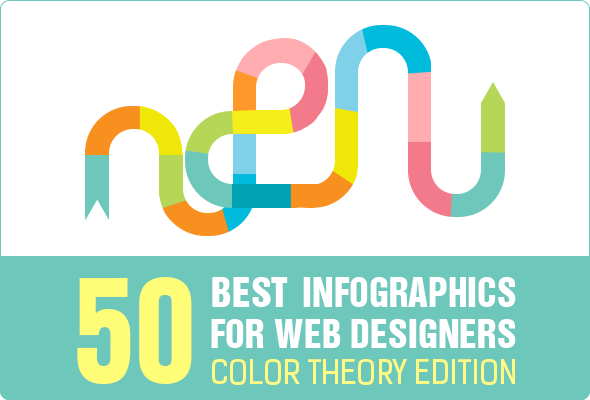Website Design: Enhancing Individual Experience For Better Conversions
Website Design: Enhancing Individual Experience For Better Conversions
Blog Article
Article Produced By-Steele Chang
Have you ever checked out an internet site that took for life to load, had a complex navigation system, or really did not show properly on your mobile device? Chances are, you swiftly abandoned that website and carried on to one that supplied a better customer experience.
In today's competitive online landscape, it's crucial for organizations to prioritize website design that enhances customer experience in order to drive better conversions. In this discussion, we will certainly explore the value of receptive style, the application of user-friendly navigation, and the optimization of page lots rate to develop a seamless and appealing individual journey.
Remain tuned to discover how these elements can dramatically impact your site's success.
Value of Responsive Design
Receptive design is essential in today's digital landscape for developing web sites that adjust seamlessly to different display sizes and devices. When your web site is responsive, it automatically readjusts its design and content to fit any gadget, whether it's a mobile phone, tablet, or desktop. This is vital due to the fact that more and more people are accessing the internet through their mobile devices.
If visit here isn't receptive, it can bring about a bad individual experience. search engine optimisation consultants may need to pinch and zoom to review web content, buttons may be too small to click, and images may not be maximized for smaller sized displays. This can frustrate customers and lead to high bounce rates and low conversions.
Using Intuitive Navigation
When making a receptive website, it's important to focus on using instinctive navigation for a boosted individual experience.
Intuitive navigation refers to arranging your web site's menu and navigation aspects in a sensible and straightforward means. By doing so, you make it simpler for visitors to discover what they're seeking and browse through your web site easily.
Intuitive navigation helps reduce confusion and stress, eventually bring about much better customer engagement and raised conversions.
To accomplish intuitive navigating, think about using clear and detailed labels for your food selection products, executing a consistent layout throughout all pages, and including search functionality for quick accessibility to details web content. In addition, it's essential to focus on vital pages and information, guaranteeing they're prominently shown and quickly accessible.
Optimizing Page Load Rate
To improve individual experience, it's critical to maximize the web page tons rate of your site. Slow filling times can annoy individuals and result in higher bounce prices.
The good news is, there are numerous methods you can execute to boost your web site's lots rate. To start with, take into consideration minimizing the size of your images by pressing them without compromising high quality.
Furthermore, enhance your code by decreasing unneeded manuscripts and CSS data. An additional efficient technique is to leverage web browser caching, which allows particular components of your internet site to be stored locally, decreasing load times for returning site visitors.
Moreover, consider utilizing a web content delivery network (CDN) to distribute your website's files across multiple web servers, improving tons speed for customers in various geographical areas.
Conclusion
To conclude, by utilizing responsive design, intuitive navigation, and maximizing page load rate, website design can considerably enhance customer experience and drive much better conversions.
With a straightforward user interface, easy navigation, and quick filling times, websites can record and retain the attention of users, bring about enhanced involvement and greater conversion rates.
So, don't delay in implementing these website design methods to make sure a smooth and successful user experience!
